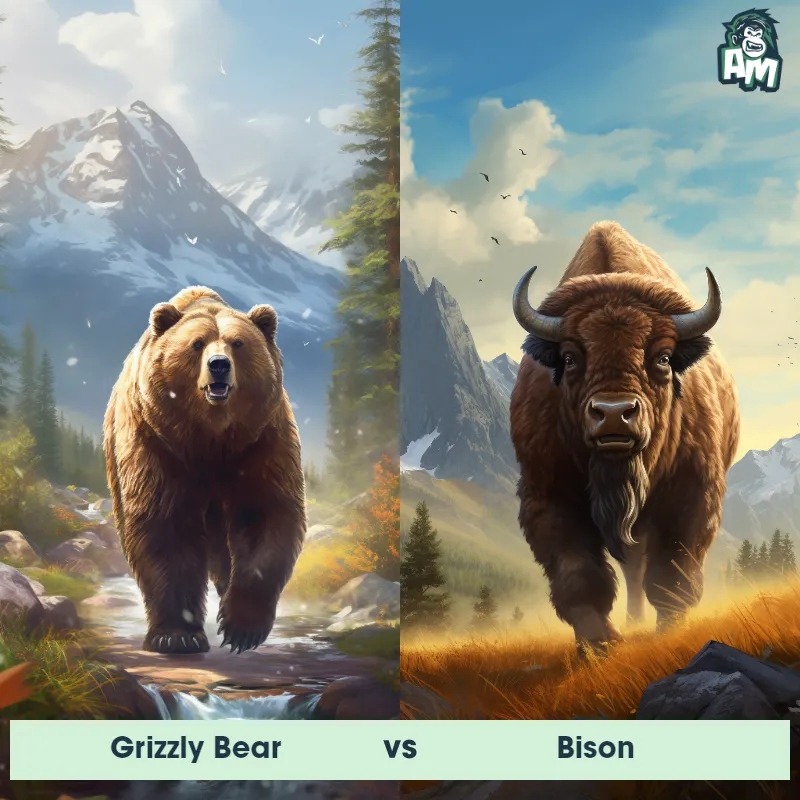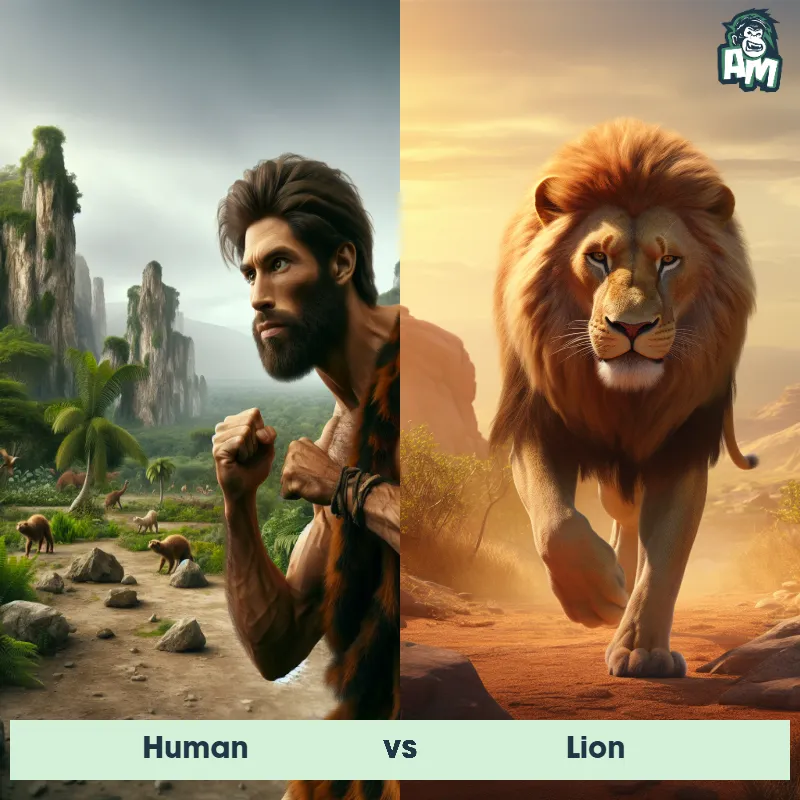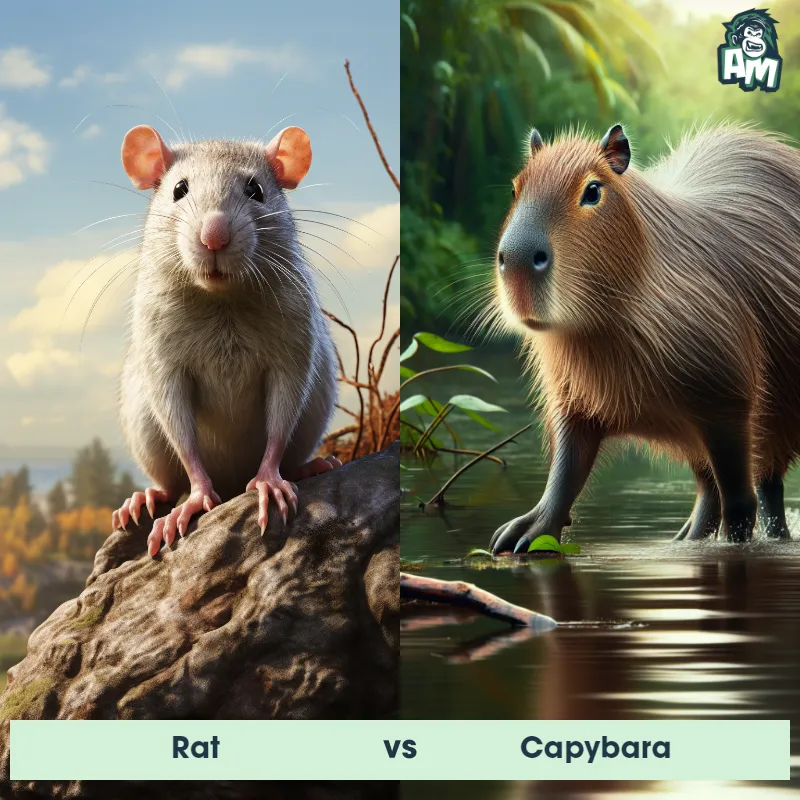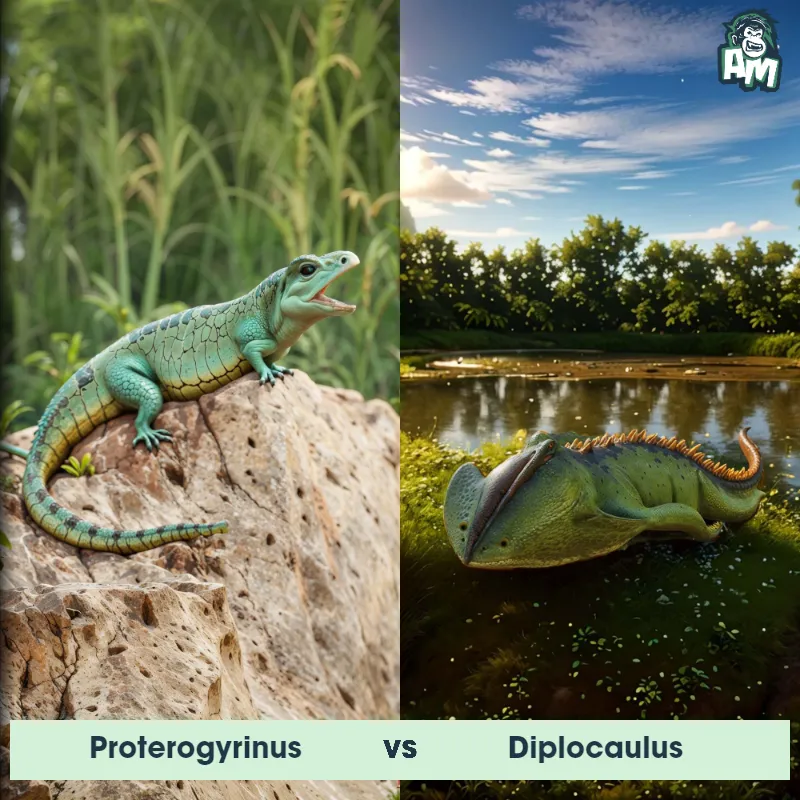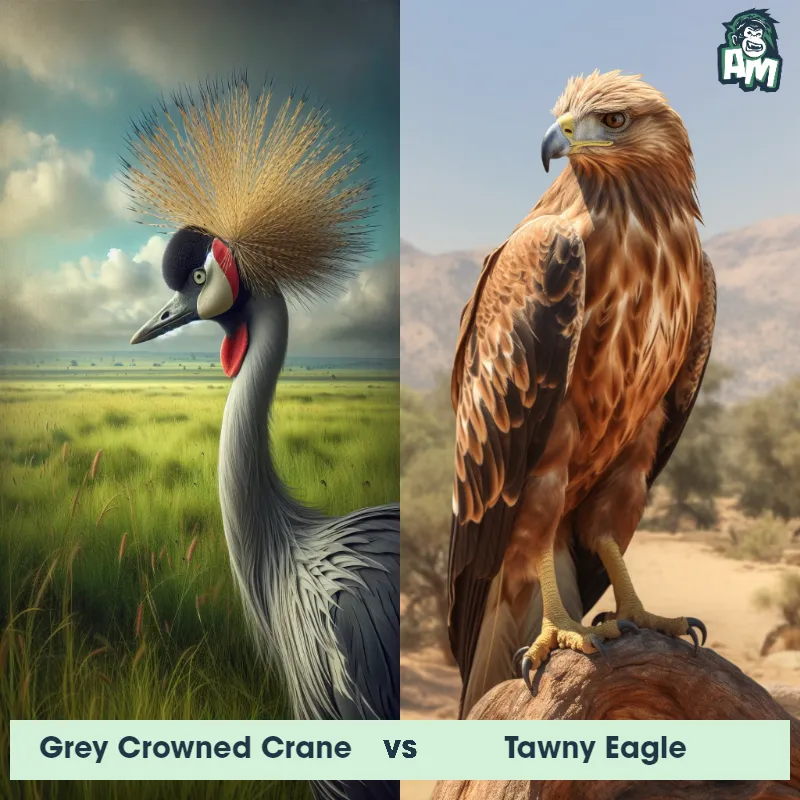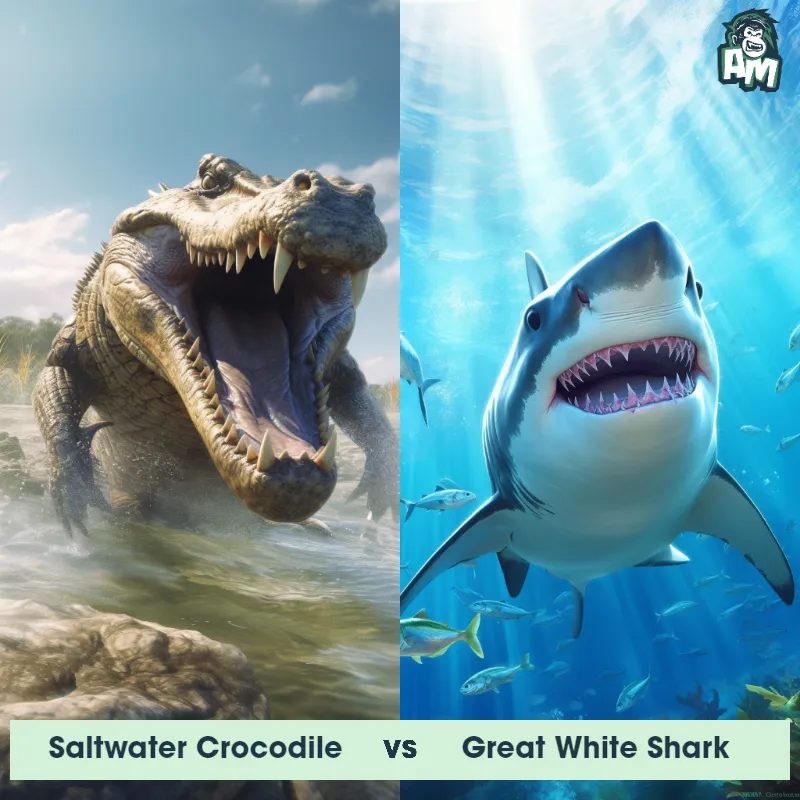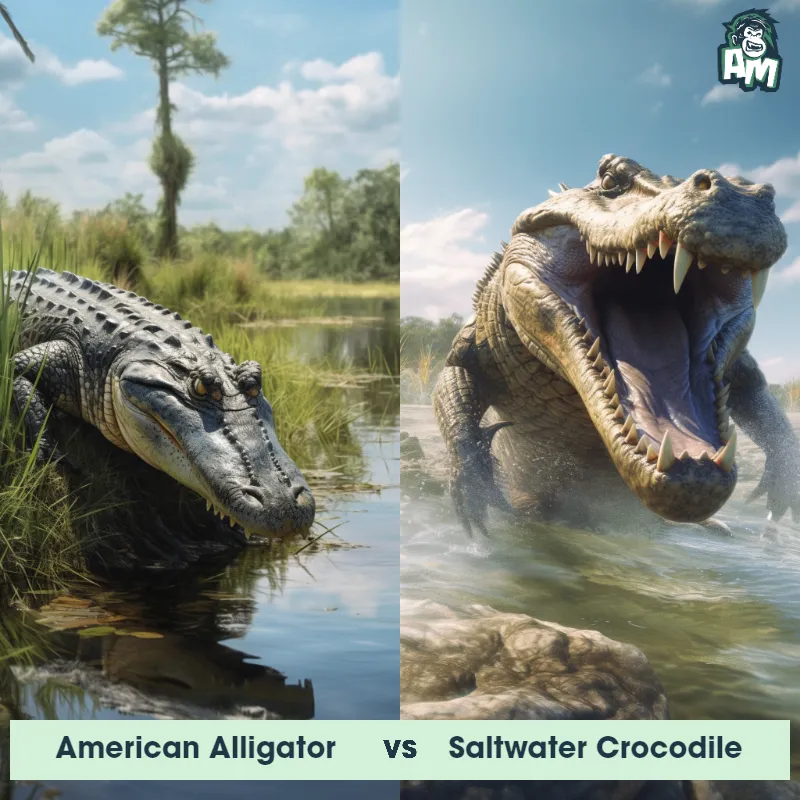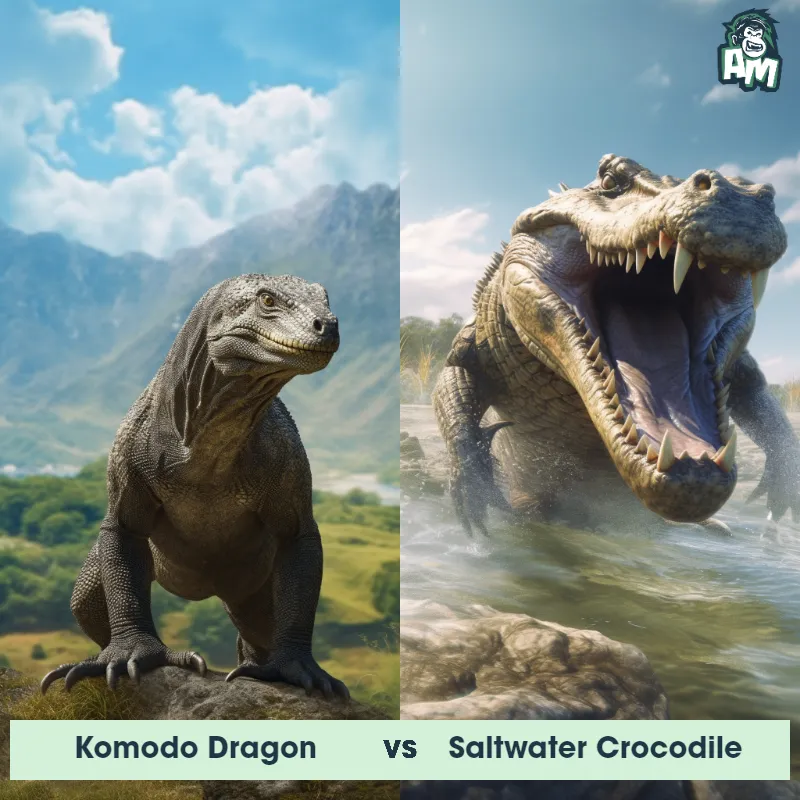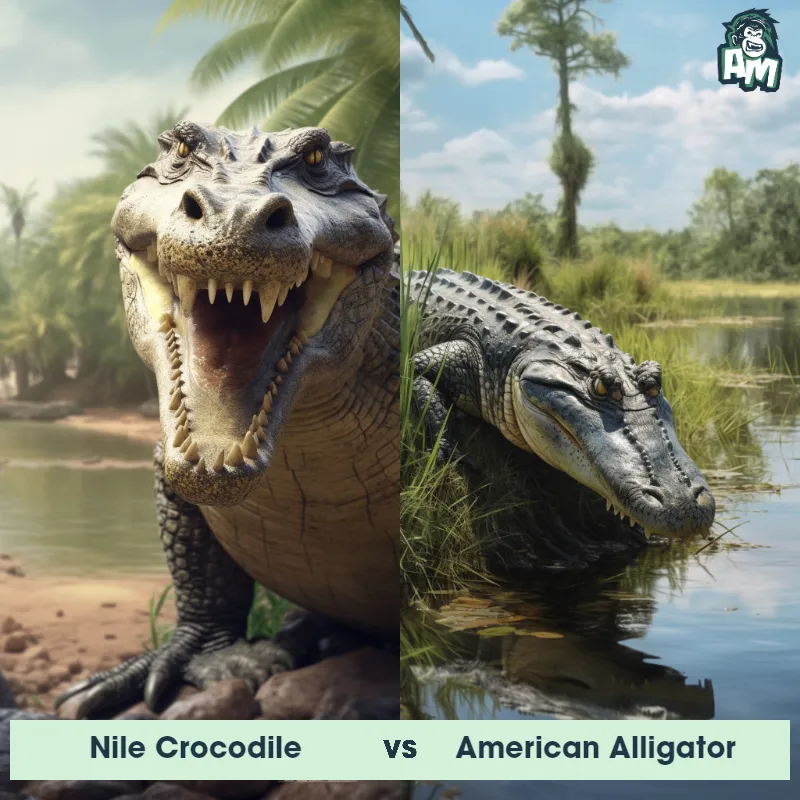Bengal Tiger vs Saltwater CrocodileSee Who Wins
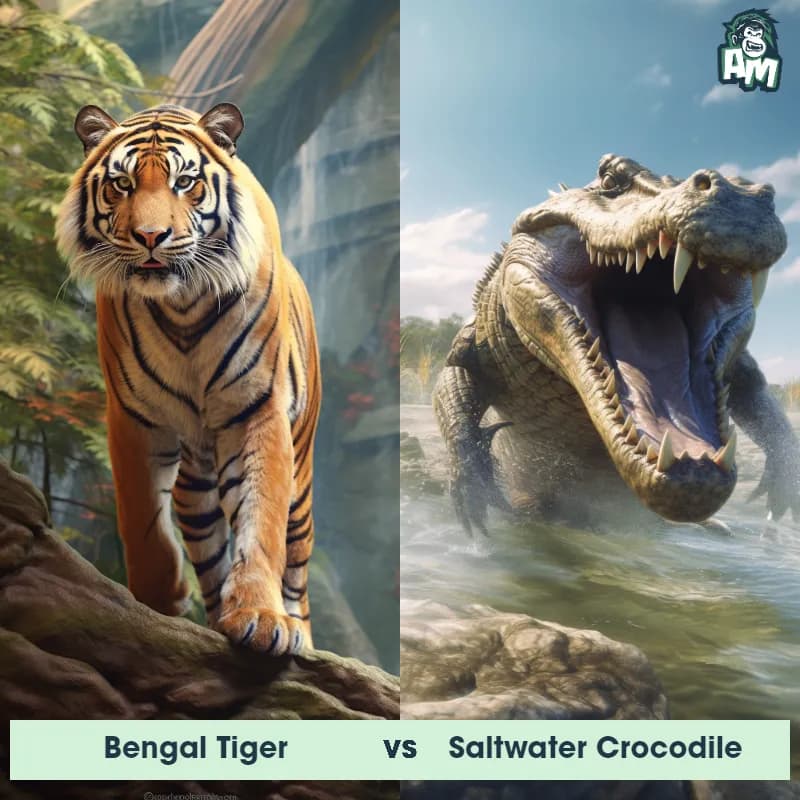
In an electrifying confrontation, two apex predators from distinct habitats step into the spotlight. On one side, we have the embodiment of feline strength and grace, a master of the jungles. And on the other, the ancient and armored giant of the waters, built like a living fortress. Land versus water, agility versus brute strength. This is a battle for the ages!
Contender 1: Bengal Tiger
The Bengal Tiger, also known as the Royal Bengal Tiger, is a large and powerful carnivorous mammal native to the Indian subcontinent. They are known for their distinctive orange coat with black stripes, which helps them blend into their forest habitat. Bengal Tigers are apex predators and can weigh up to 500 pounds, with males being larger than females. They are solitary animals and are known for their strength, agility, and stealth.
Fun Fact: Bengal Tigers are excellent swimmers and are known to swim up to three miles at a time to hunt for prey.
Contender 2: Saltwater Crocodile
The Saltwater Crocodile, also known as the estuarine crocodile, is the largest living reptile in the world, with males reaching up to 23 feet in length and weighing over a ton. They have a powerful jaw with over 60 teeth and are covered in tough, scaly skin that ranges from grayish-brown to black in color. They are found in the brackish and freshwater habitats of Southeast Asia and Northern Australia and are known for their aggressive behavior towards humans.
Fun Fact: Saltwater Crocodiles have the strongest bite force of any animal in the world, with a bite strength of up to 3,700 pounds per square inch, which is strong enough to crush a car.
Matchup Stats
| Bengal Tiger | Saltwater Crocodile | |
|---|---|---|
| Size | 3-3.5 feet (0.9-1.1 meters) at the shoulder | Up to 23 feet (7 meters) |
| Weight | Up to 500 pounds (227 kilograms) | Over a ton (1,000 kg) |
| Speed | Speed: 35 mph (56.33 km/hr) | Land Speed: 11 mph (18 km/hr) |
| Key Strength | Powerful jaws and sharp claws | Powerful jaw with 64-68 teeth and strongest bite force of any animal in the world |
| Biggest Weakness | Vulnerable to attacks on the neck and back | Slow on land and vulnerable to attacks on the soft underbelly |
Current Votes
Bengal Tiger vs Saltwater Crocodile
See Who Wins
View More Matches
Looking For More?
Similar Matches
Scientific Stats
| Bengal Tiger | Saltwater Crocodile | |
|---|---|---|
| Scientific Name | Panthera tigris tigris | Crocodylus porosus |
| Family | Felidae | Crocodylidae |
| Habitat | Forests, grasslands, and wetlands | Brackish and freshwater habitats |
| Geography | Indian subcontinent, including India, Bangladesh, Bhutan, and Nepal | Southeast Asia and Northern Australia |
| Diet | Carnivorous, primarily deer and wild boar | Carnivorous, preys on fish, birds, mammals, and other reptiles |
| Lifespan | 10 years - 16 years | 70 years - 100 years |
Key Differences between Bengal Tiger and Saltwater Crocodile
- Size: Bengal Tigers are much smaller in size compared to Saltwater Crocodiles. Tigers typically measure around 9-10 feet in length and weigh up to 500 pounds, while Saltwater Crocodiles can grow up to 20 feet long and weigh over 2,000 pounds.
- Limbs: Tigers have four legs with sharp claws adapted for running and climbing trees. Saltwater Crocodiles have short, stocky legs with webbed feet designed for swimming and maneuvering in water.
- Teeth: Bengal Tigers have sharp, elongated canines and molars adapted for tearing flesh and crushing bones. Saltwater Crocodiles have a mouthful of sharp, interlocking teeth specialized for gripping and tearing prey.
- Skin Texture: Bengal Tigers have fur with distinct orange and black stripes covering their body, giving them a unique pattern. Saltwater Crocodiles, on the other hand, have rough, scaly skin that is usually dark green or gray in color.
- Body Shape: Bengal Tigers have a muscular, streamlined body with a large head and round ears. In contrast, Saltwater Crocodiles have a long, bulky body with a broad head and a snout-like nose.
- Tail Shape: Tigers have a long, muscular tail that helps them maintain balance while running and acts as a rudder when swimming. Saltwater Crocodiles have a thick, powerful tail that propels them through water and aids in capturing prey.



